Last week we investigated the few Patanjali Yoga Sutras that specifically speak about asana. To quote BKS Iyengar directly from his translation and commentary in II.46 – II.48
“Asana is perfect firmness of body, steadiness of intelligence, and benevolence of spirit. Perfection in an asana is achieved when the effort to perform it becomes effortless and the infinite being within is reached. From then on, the sadhaka is undisturbed by dualities.”
Well! That is certainly a tall order.
But as we worked through some difficult forward bends, inversions, and arm balances we did get a great chance to face the need to become more firm in our body, steady in our mind, and to watch out for anger, or frustration or pride in our spirits. It’s unlikely we will actually “perfect” an asana. But at times there are glimpses of spreading our awareness so equitably across the shape of an asana that our effort hints at transforming towards effortlessness.
And it does seem at those times in practice that a relationship with a more intimate inner “self” is being nurtured. As body, mind, breath and spirit are united troublesome dualistic perceptions begin to dissolve.

